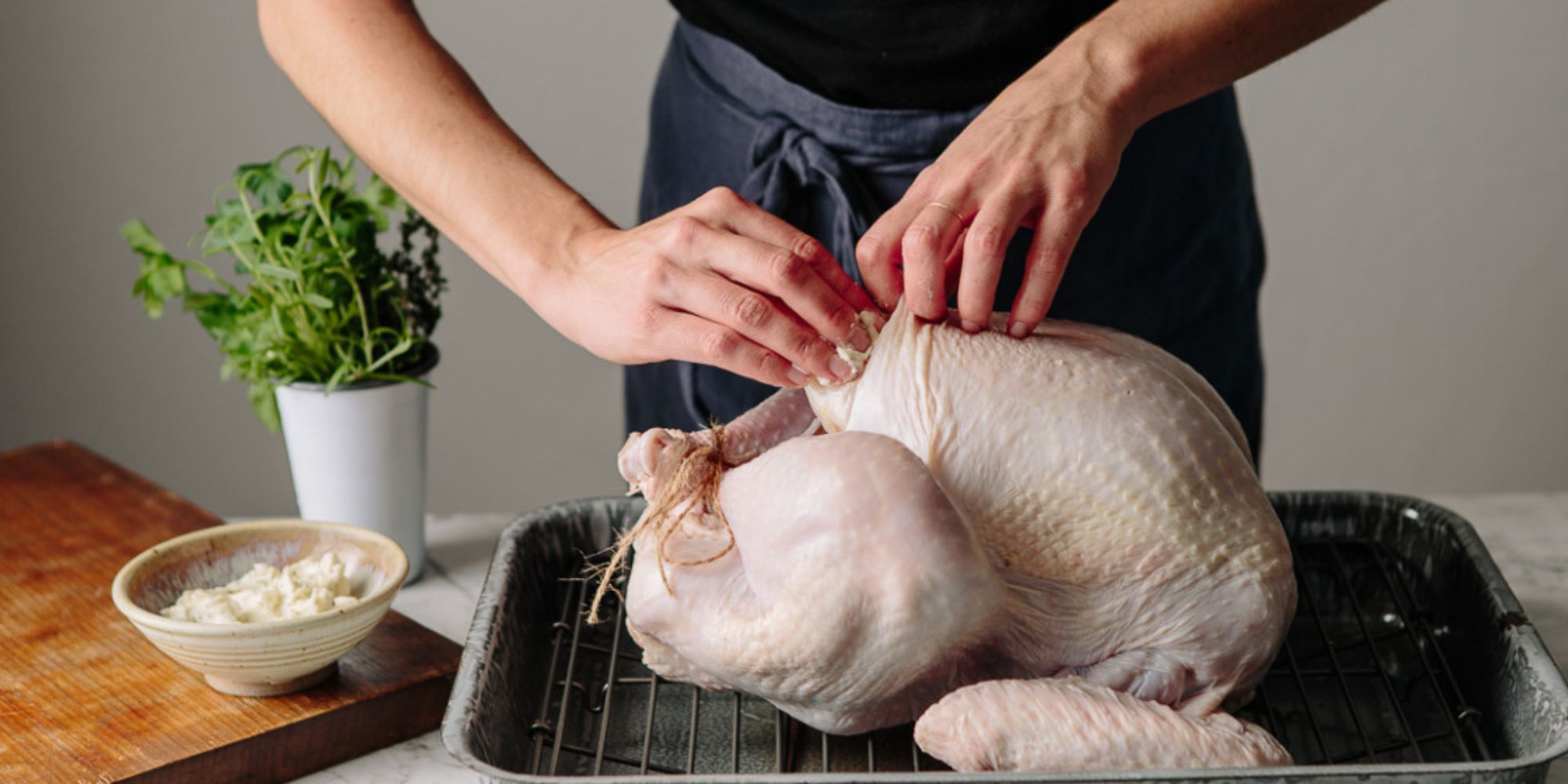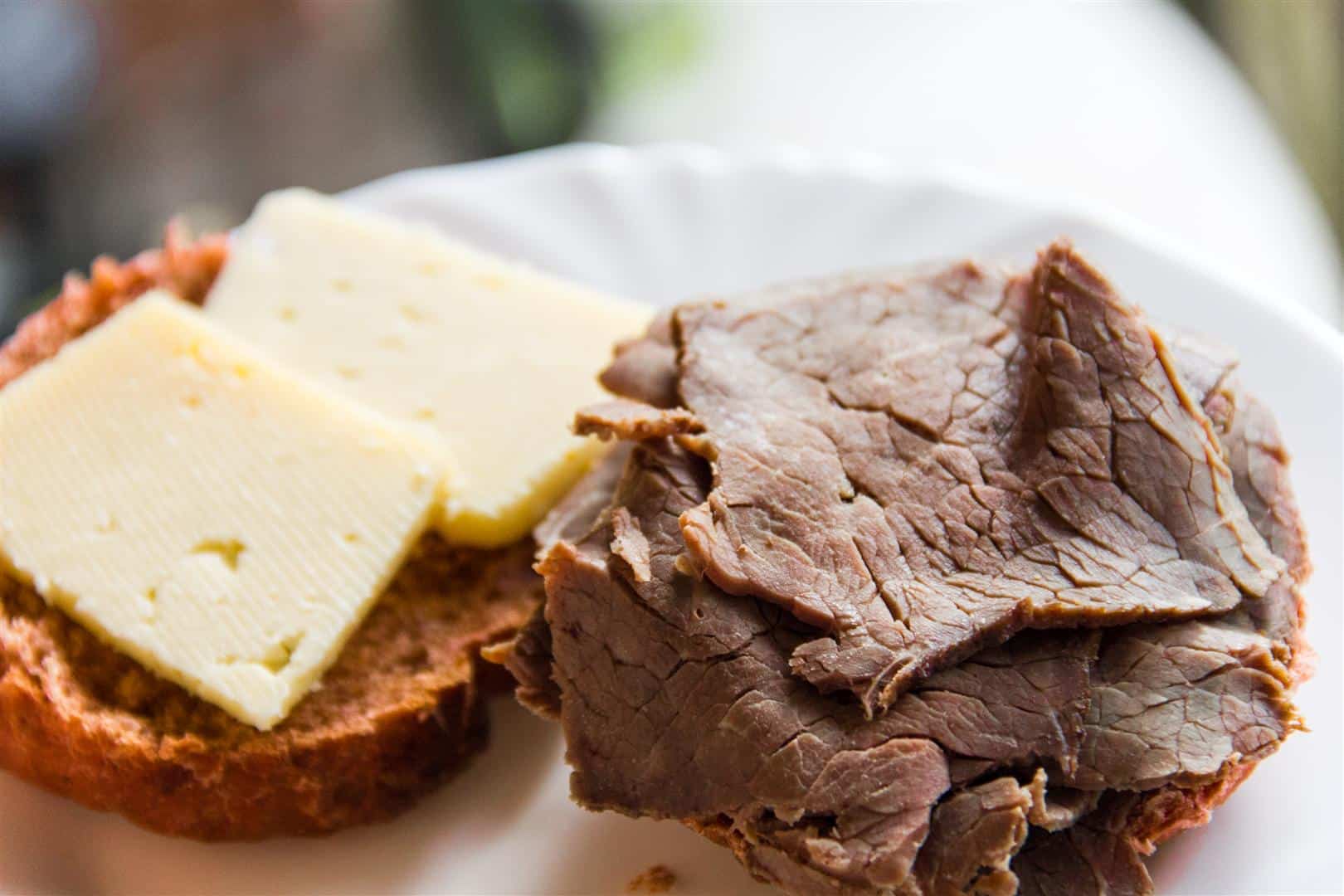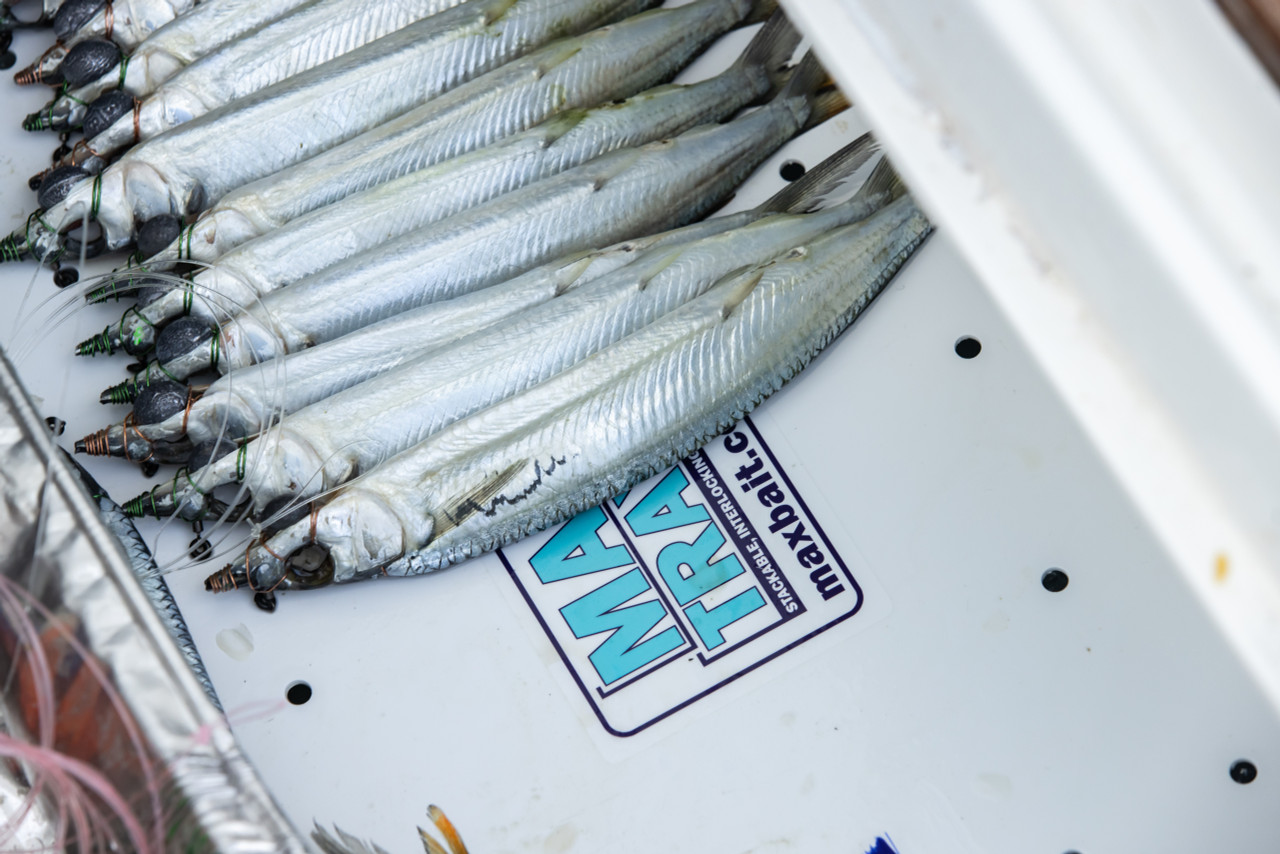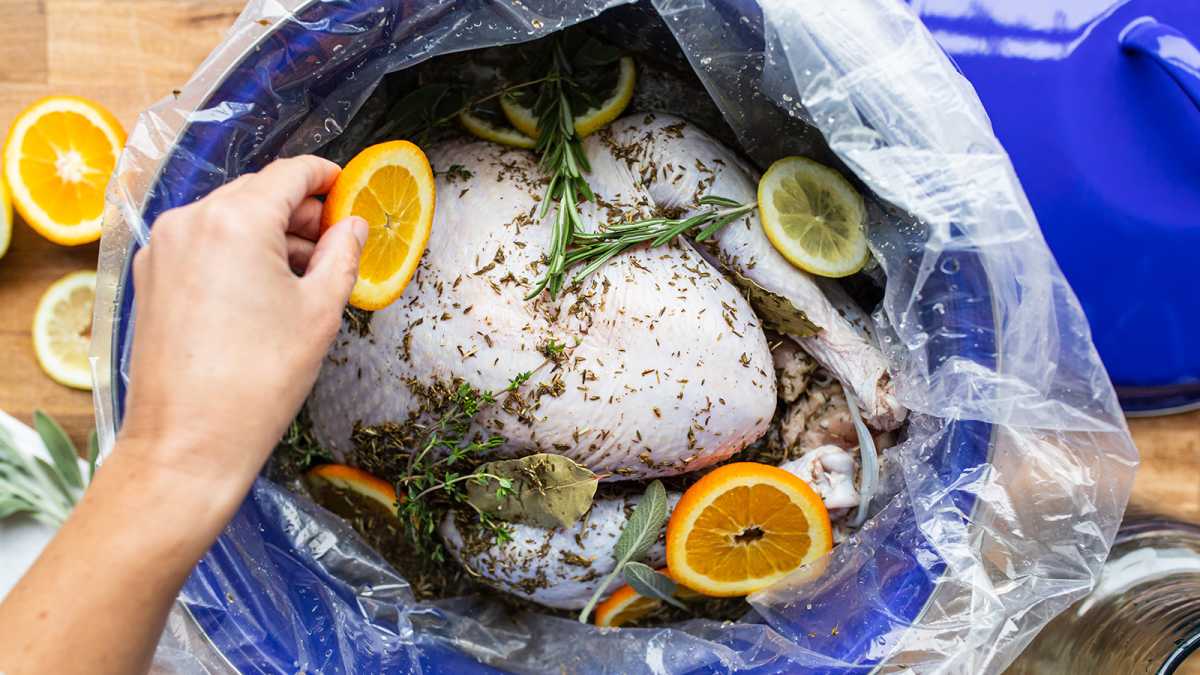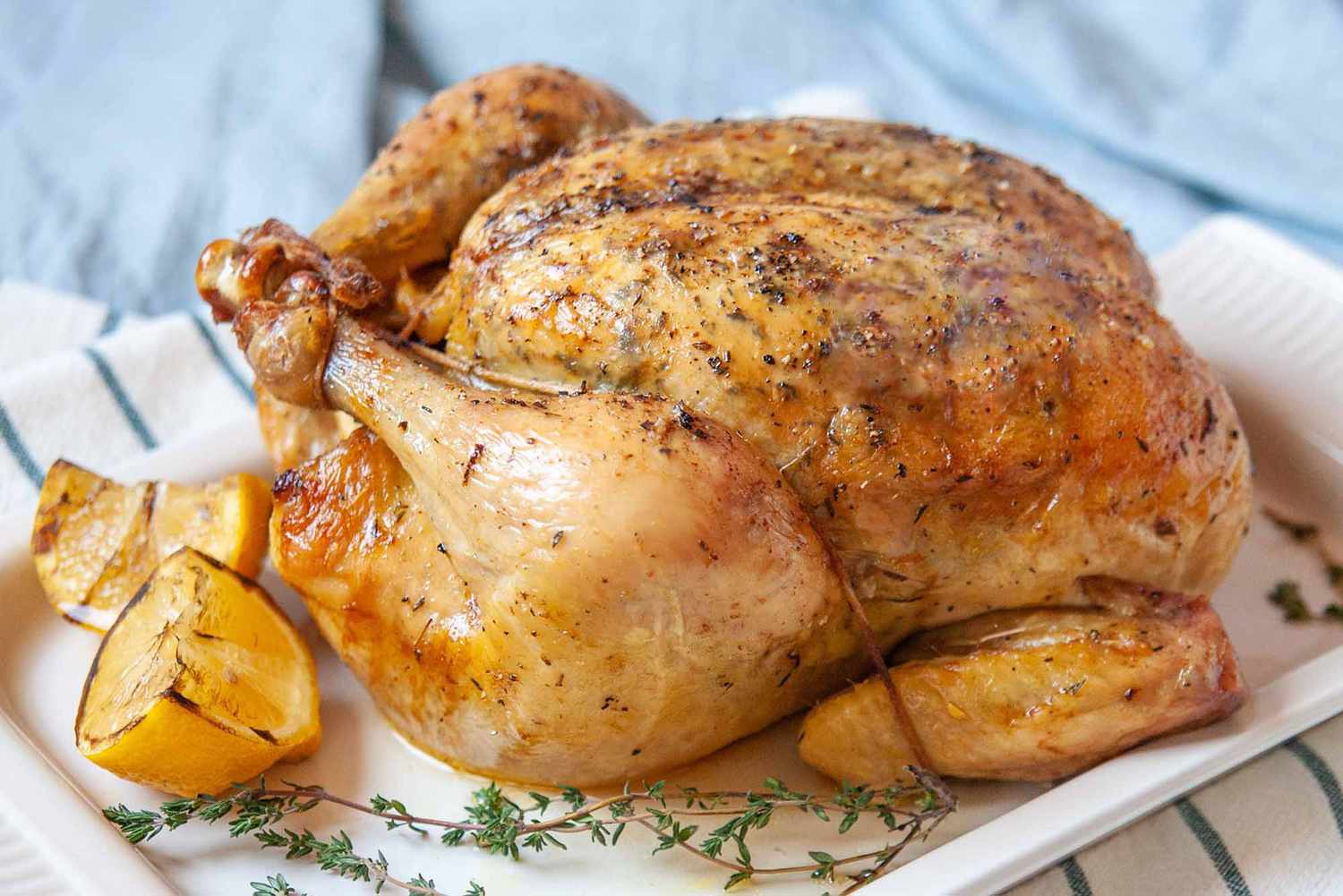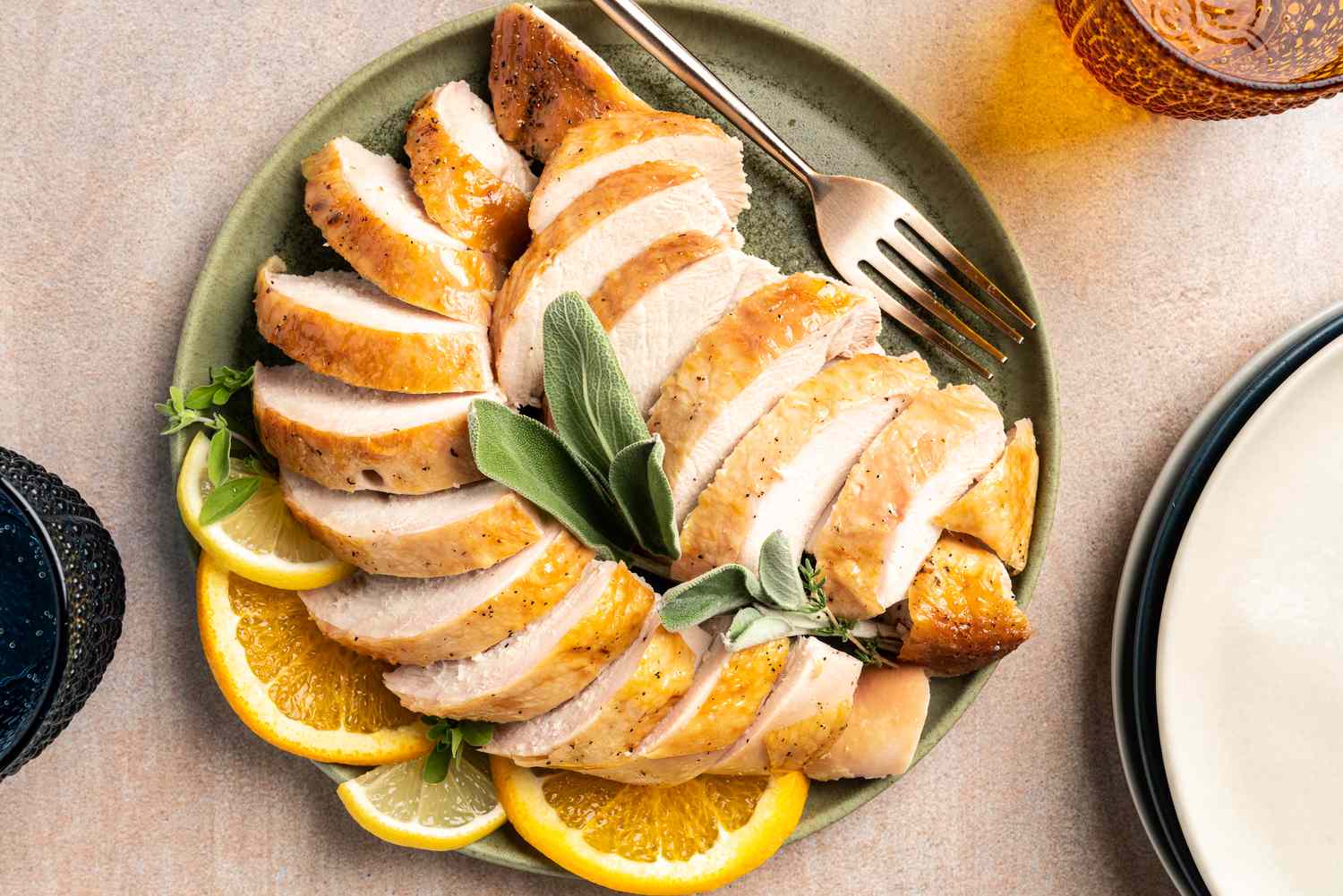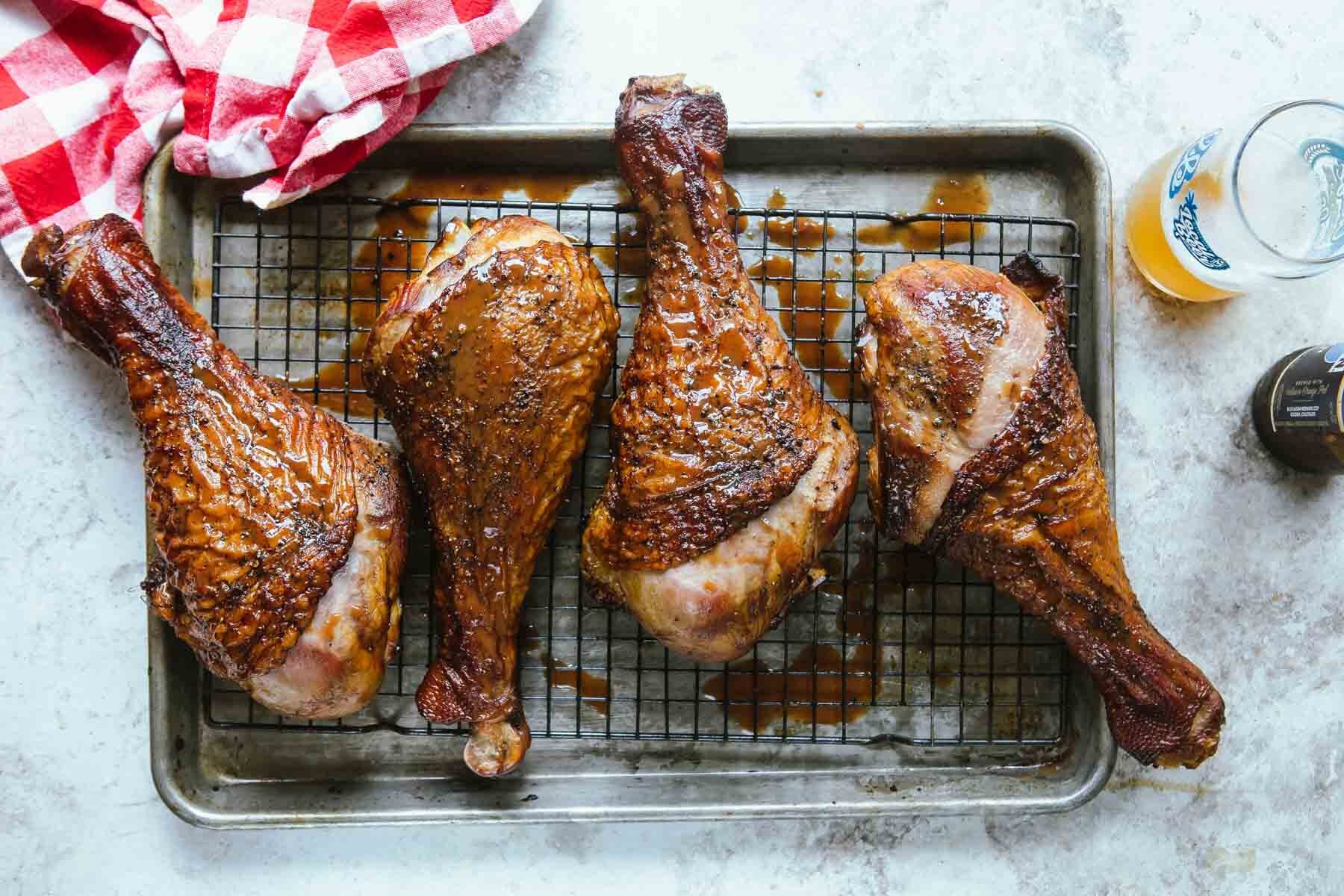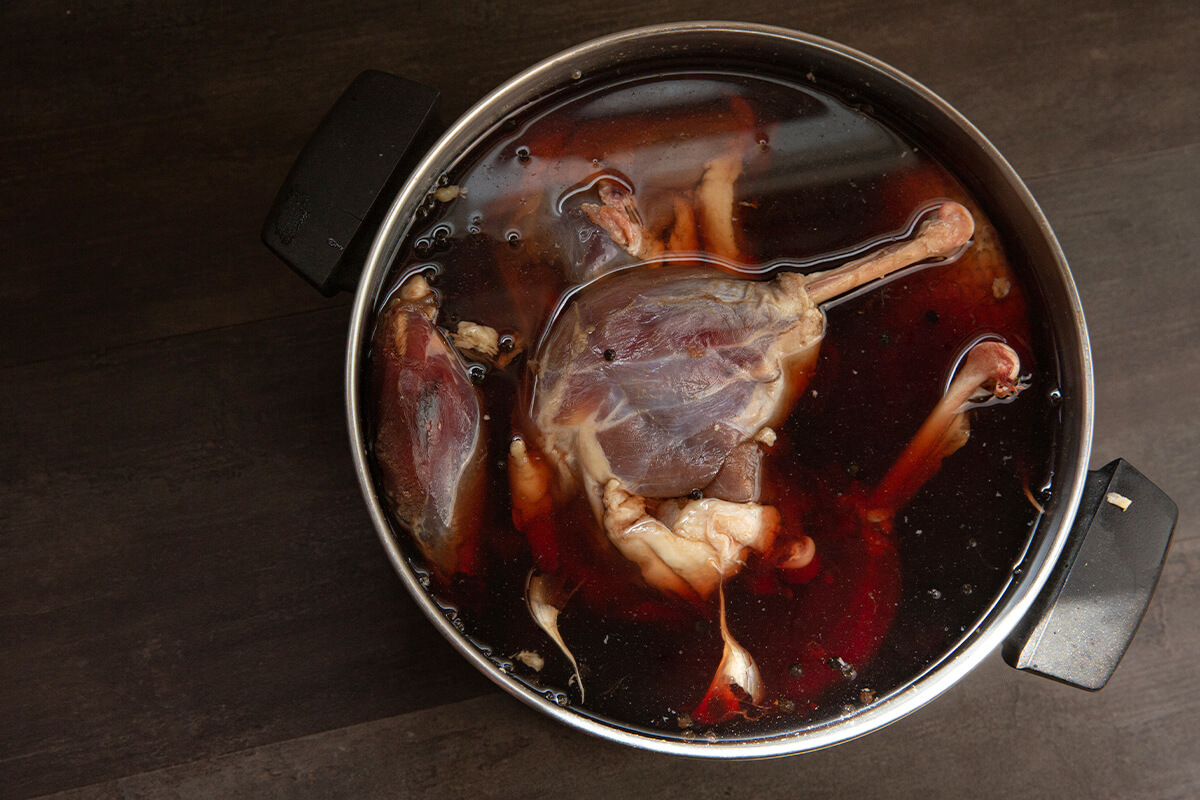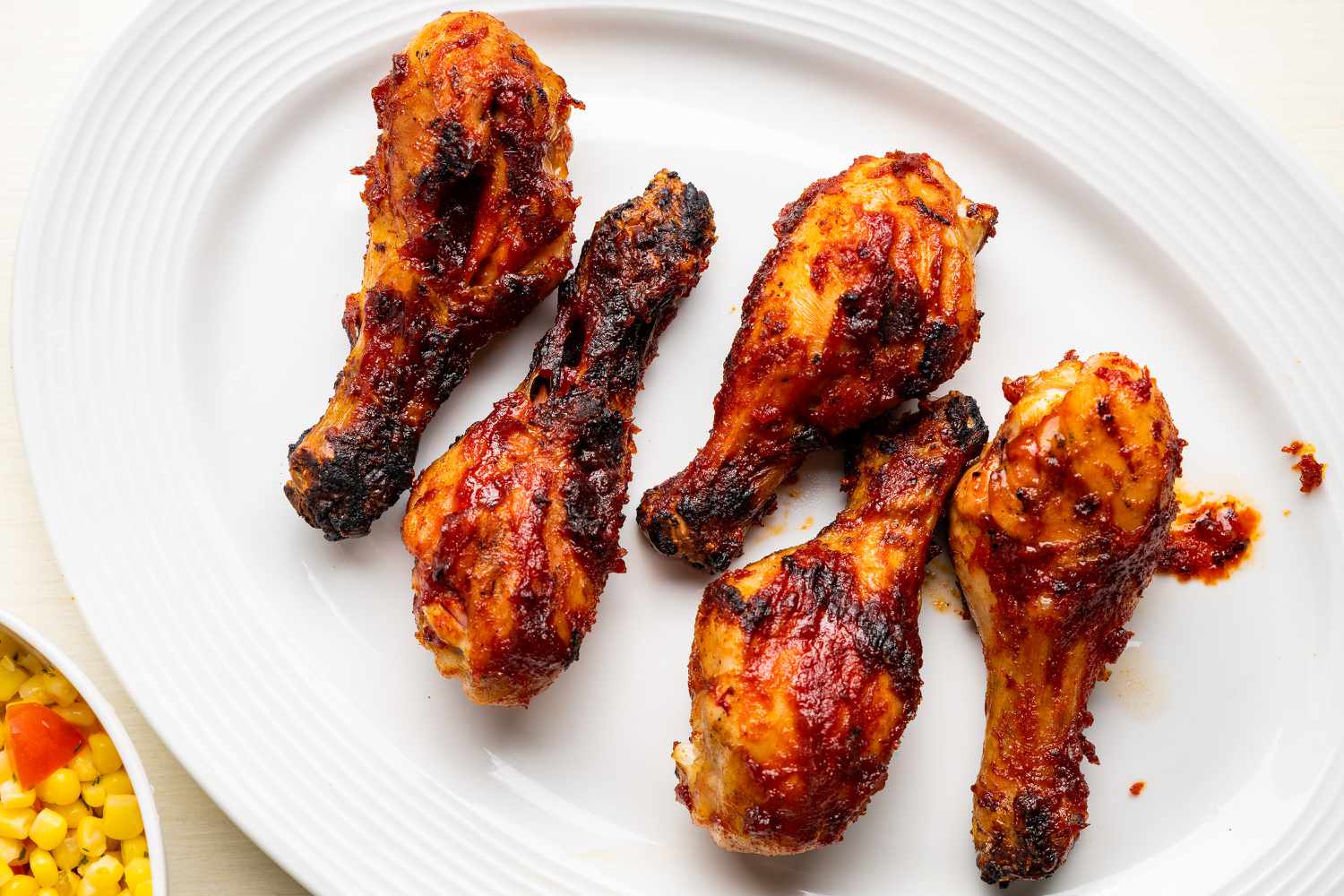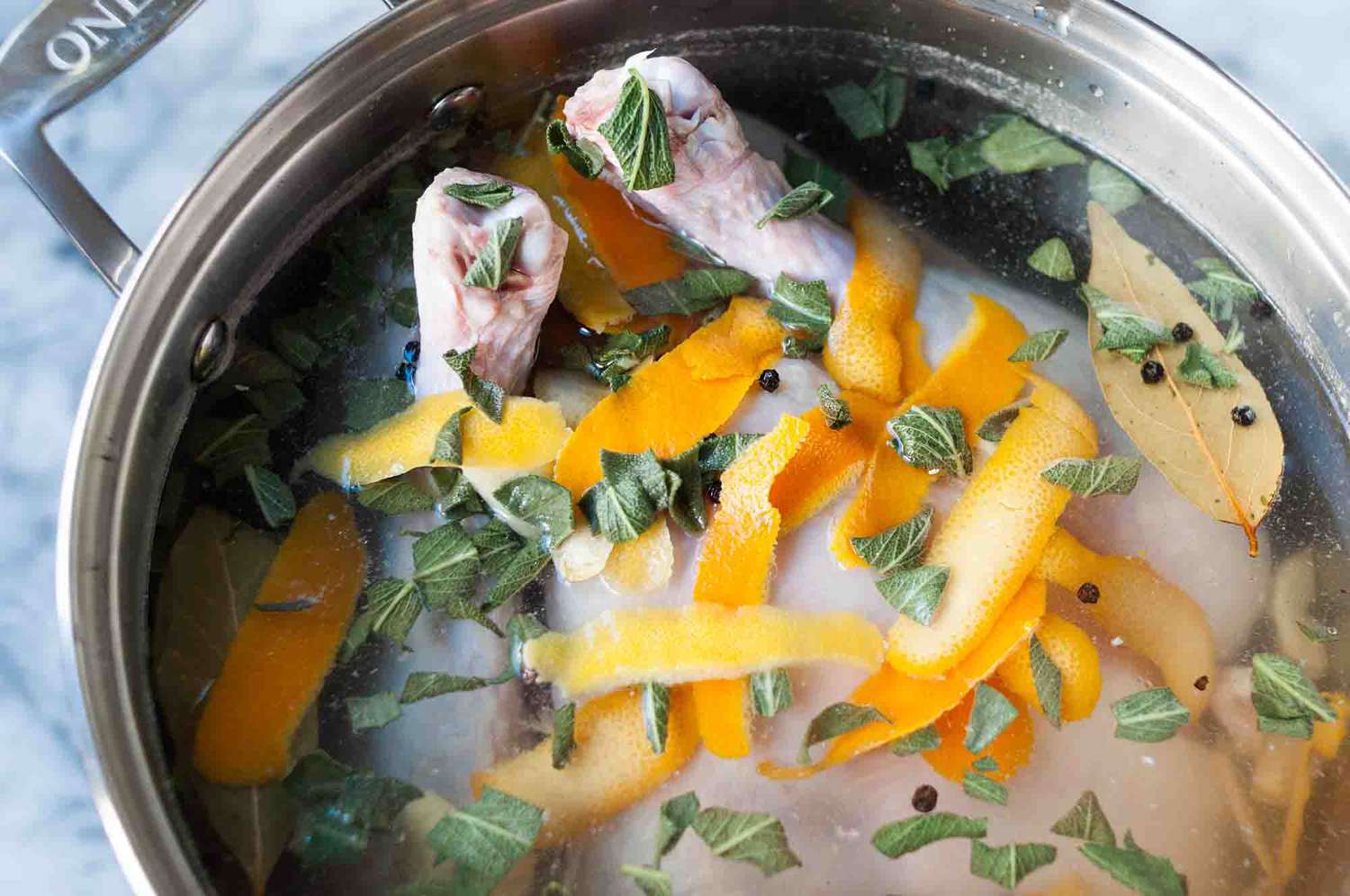Brining Salmon: A Delicious Way to Enhance Flavor
Salmon is a popular and nutritious fish that can be prepared in a variety of ways, including baking. One way to elevate the flavor and texture of your salmon dish is by brining the fish before baking. Brining involves soaking the salmon in a saltwater solution, which helps to infuse it with flavor and keep it moist during the cooking process. In this article, we will explore the benefits of brining salmon and provide a simple guide on how to brine salmon before baking.
The Benefits of Brining Salmon
Brining salmon before baking offers several benefits that can enhance the overall dining experience. Some of the key advantages of brining salmon include:
- Enhanced Flavor: The saltwater solution used in brining helps to infuse the salmon with flavor, resulting in a more delicious and savory taste.
- Improved Texture: Brining can help to keep the salmon moist and tender during the baking process, preventing it from becoming dry and tough.
- Seasoning Absorption: The brine allows the salmon to absorb additional seasonings and aromatics, further enhancing its overall taste profile.
How to Brine Salmon Before Baking
Brining salmon before baking is a straightforward process that requires just a few simple ingredients and some advance preparation. Here’s a basic guide on how to brine salmon:
- Prepare the Brine: In a large bowl, mix together water and salt to create a brine solution. You can also add sugar, herbs, and spices to the brine to enhance the flavor of the salmon.
- Submerge the Salmon: Place the salmon fillets in the brine, ensuring that they are fully submerged. Cover the bowl and refrigerate for the recommended brining time, typically 30 minutes to 1 hour.
- Rinse and Pat Dry: After brining, remove the salmon from the brine and rinse it under cold water to remove any excess salt. Pat the salmon dry with paper towels before proceeding with the baking process.
Once the salmon has been brined and prepared, you can proceed with your favorite baking method, whether it’s in the oven, on the grill, or even in a smoker. The brining process will help to ensure that your salmon turns out flavorful, moist, and delicious.
Experimenting with Flavors
While a basic saltwater brine can work wonders for enhancing the natural flavor of salmon, don’t be afraid to experiment with different flavors and ingredients to create a custom brine that suits your taste preferences. Consider adding ingredients such as:
- Citrus zest
- Garlic
- Herbs like dill, thyme, or rosemary
- Black pepper or chili flakes
By customizing your brine, you can create a truly unique and flavorful salmon dish that will impress your family and friends.
Conclusion
Brining salmon before baking is a simple yet effective way to elevate the flavor and texture of this popular fish. By following the steps outlined in this guide and experimenting with different flavors, you can create a delicious and moist salmon dish that will be a hit at any meal. So, the next time you’re planning to bake salmon, consider giving brining a try and experience the difference it can make!
Was this page helpful?
Read Next: How To Brine Split Chicken Breast
